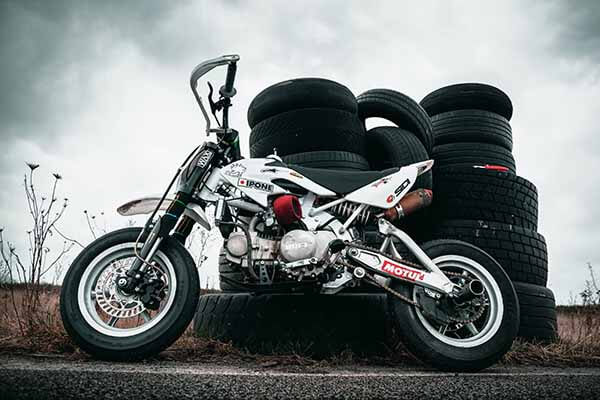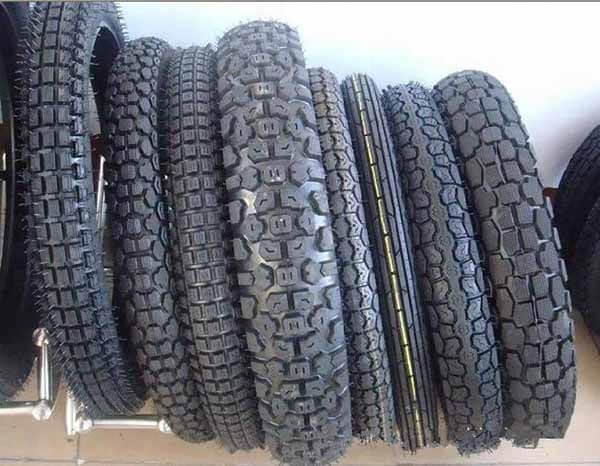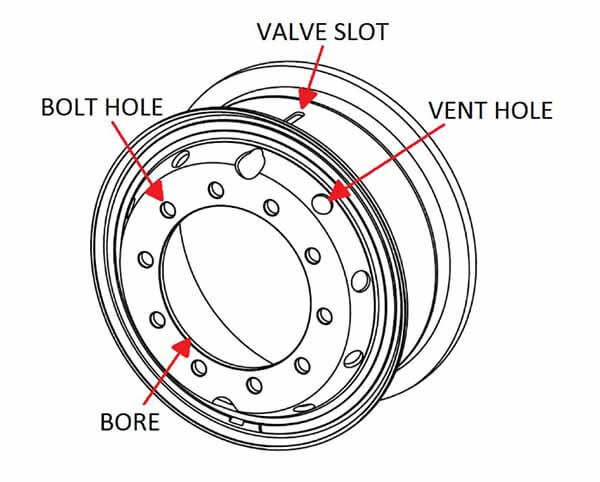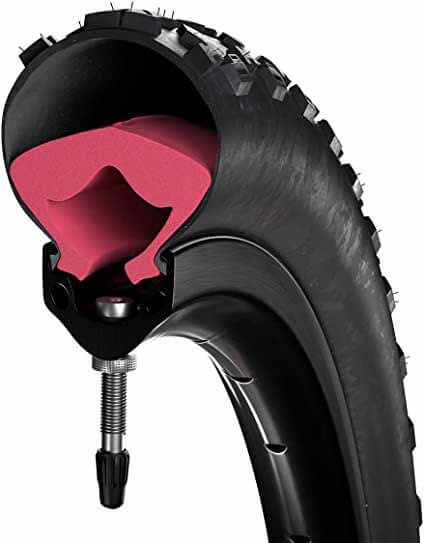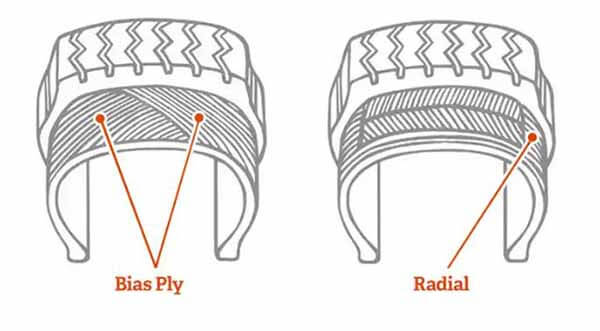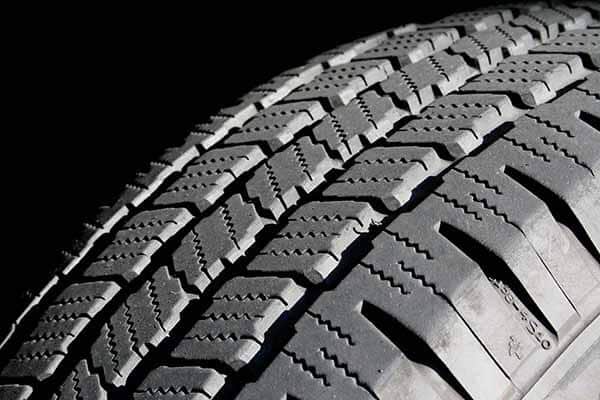You’ve just brought your first used motorcycle, and it’s been around the block more than a few times, judging by the wear on the tires. While you’re no expert, you know that worn tires can be a safety risk, so you’re anxious to replace them before you head out for some serious riding.
Types of motorcycle tires
When you head down to the store, there are what seems like a multitude of different tires to choose from, so how do you know what tire is best for your bike and the type of riding you intend to do. There are four main types of motorcycle tires, including:
1. Tube type
As the name suggests, tube types are those that have a rubber tube inside them, with the tube inflated to the required pressure. This type of tire is most commonly used on the spoked wheels of off-road bikes. Punctures, unfortunately, occur more frequently with this style of tire.
2. Tubeless tire
Tubeless tires are those that don’t have a tube inside to support the tire. They are single-piece airtight tire that is proven to be more resistant to punctures than their tubed counterpart. The downside is they are more expensive; however, they offer excellent stability and are less likely to overheat. As a result, tubeless tires are a must-have for a sports bike.
3. Bias-ply tire
A bias-ply tire has its tire body cords typically made of nylon, rayon, or polyester arranged in alternative directions at various angles usually less than 90 degrees.
Bias-ply tires are well known for not distributing the heat well, something that has become a limiting factor for those looking to ride at high speeds. As the piles run from sidewall to sidewall, it creates a stiff sidewall, which means the rider doesn’t get a good feel for the road. However, the advantage is with the stiff sidewall and accompanying lack of flex that prevents washout, bias-ply tires are ideal for heavy loads, such as those of touring bikes.
They are also popular among off-roaders for similar reasons and the fact they come with a tubed option, something the radial tire doesn’t offer.
-
Bias-ply belt tires
Within the bias-ply tire market, there is one other variation. The tires come in a bias-ply belt version which is known for its more robust construction. A bias-ply belted tire has a cross-ply stabilizing layer that is placed between the ply and the tread. This is known as the belt. It is commonly made out of kevlar and adds to the overall stability of the tire.
-
Radial tire
Radial tires have the best reputation when it comes to fast road riding. The tire body is arranged radially away from the tire’s front axis. This layer is made up of fabric and thin steel wires which have been arranged into a series of simple arches. It’s this layer that provides the tire with most of its support. The steel in the tire helps to dissipate the heat retained in the tire while riding.
The construction method for a radial tire brings a further advantage. Considerable tread can be added to the tire without the need for a similarly sized sidewall. This has enabled the manufacture of the wide tread, low sidewall tire that is common on sports bikes, which provides excellent feedback to the rider.
The lack of flex in the sidewall contributes to tire rigidity and strength, which is a key factor in the cornering capabilities of the radial tire.
-
Tire Tread
The type of tire you decide on is only part of the equation. Once you’ve decided the type, it’s time to consider the tread, which can turn the same tire into two very different things. The tread you choose is generally a reflection of what you plan to do on the motorcycle, as in off-roading, road riding, and so on.
Tire tread is important. Without it, you lose traction in different conditions. Typically, you’re looking to have as much of your tire touch the road as possible. But if that’s the case, isn’t a slick tire with no grooves optimal? Short answer, no. The main reason is moisture, which has the ability to break traction. By including grooves on tires, the water has somewhere to go when it’s squeezed away from the road surface.
Generally, large knobbly tires are designed for off-road use while smoother tires are for road use. Adventure bikes and dual-sport bikes typically have less aggressive tread to factor in the use of the road and pavement. Often these tires come with a designation, such as 50/50 or 90/10 which denotes the percentage of traction on the pavement vs. dirt.
It’s important to match the tread to your intended use. Failing to do so can make you one unhappy camper.
Then there are the numbers
Once you’ve got your type and tread sorted, it’s time to look at the sizing. You will have seen a set of numbers written on the side of your tires. For example, one common sports bike tire has these numbers 180/55 x 17.
What these numbers tell us is the tire at its widest point is 180 mm. The ratio of sidewall to tire at the widest point is 55%, meaning that the sidewall is 99 mm, Finally, the last number, in this case, 17, that’s the diameter of your wheel.
Whether you’re after a front or back tire, the format is the same. It’s worth noting that in most instances, the front tire is narrower than the back on a motorcycle.
Now that you know the basics, it is time to hit the local tire dealership. And remember, if all else fails, you can always run your choice past the guy at the dealership. They tend to know a thing or two about tires and can provide great insights into several of the nuances within the motorcycle tire market.
About the author: Michael Parrotte was the Vice President of AGV Helmets America, and a consultant for KBC Helmets, Vemar Helmets, Suomy Helmets, Marushin Helmets, KYT Helmets, and Sparx Helmets. In addition, he is the founder and owner of AGV Sports Group.
MS/L

